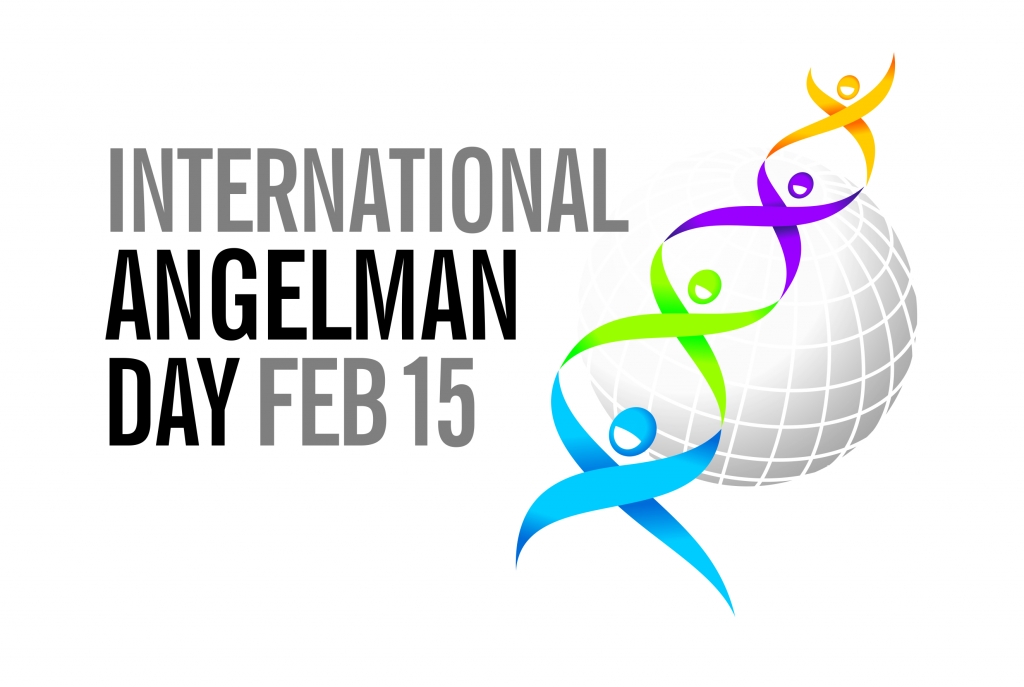European Angelman Alliance Announce 2019 Research Grant winners
ASA proudly announced the 3 recipients: Dr. Ype Elgersma (Netherlands), Dr. Ugo Mayor (Spain) and Dr. Ben Philpot (USA) –
Dr. Ype Elgersma, Professor of Molecular Nuroscience, Erasmus Centre, Rotterdam, postulates that UBE3A plays a major role in the regulation of gene expression and sets out to identify respective genes.
Dr. Ugo Mayor,, Ikerbasque Research Professor, Bilbao has a daring and novel approach to identify and validate the substrates and cofactors (including DUB enzymes) of UBE3A and to test the viability of targeting DUB enzymes as a therapeutic strategy for AS. That intrigued both scientific board as well as the international alliance of parent organizations (Angelman Syndrome Alliance – ASA).
Dr. Ben Philpot,, Associate Professor, University of North Carolina, finetunes his last discovery by looking at quantifying sleep spindles from overnight EEGs as an Angelman syndrome biomarker.
Speaking on behalf of the scientific advisory board, Dr. Harald Sitte, : “The result of the 2018 call for research proposals has yielded a good combination of different research approaches which we hope to lead research on Angelman syndrome into a bright future. We congratulate the three awardees and look forward to follow their scientific work.”
The previous winners of the ASA Grants in 2014 and 2016 have been Dr. Geeske van Woerden, Dr. Ben Distel, Dr. Silvia Russo and Dr. Ben Philpot.
ASA is a global initiative of Angelman parent organizations.
Every country can have one representing AS parent-organisation participating in ASA. Our Scientific Advisory Board lends support and guidance to the members of the ASA parent organizations. Contact us if you wish to join or if you are interested to learn more about Angelman syndrome, ASA or the scientific challenges: www.angelman-alliance.org
For further information – www.angelman-alliance.org Communication: Betty Willemsen (betty.willemsen@ninafoundation.eu)
Scientific Board: Harald Sitte (harald.sitte@meduniwien.ac.at)
Angelman Ireland – admin@angelman.ie







